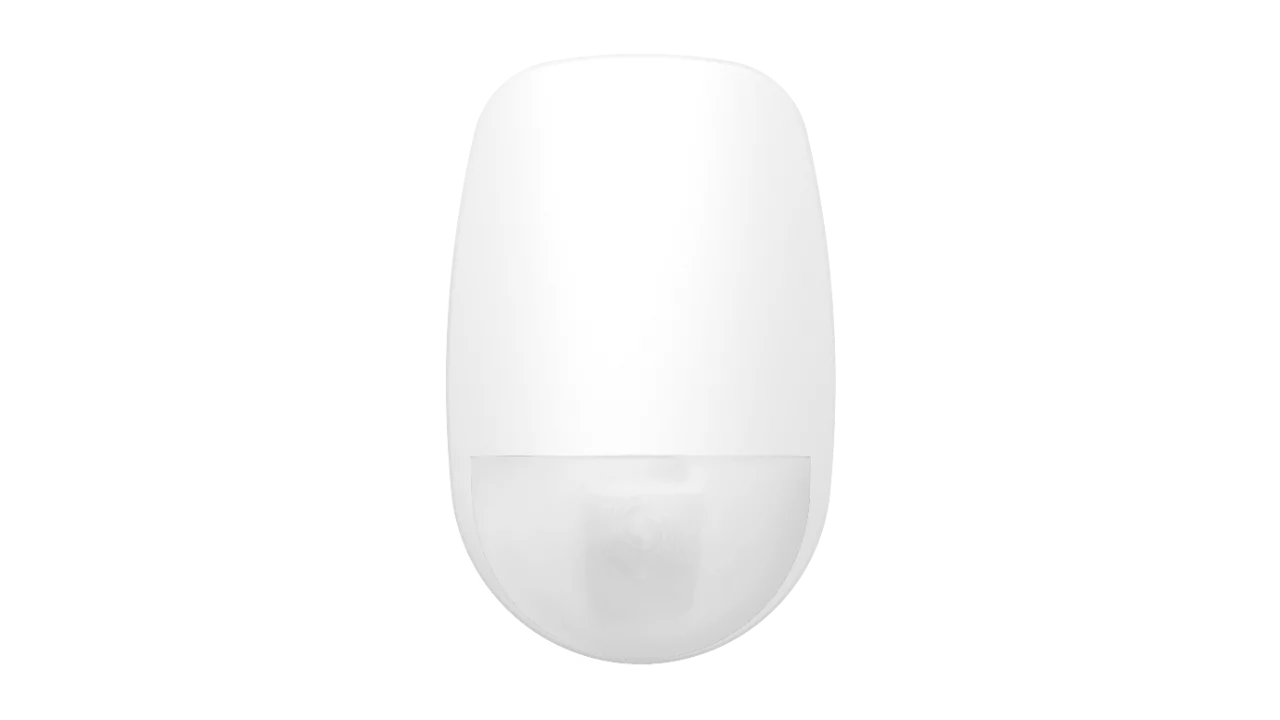Dahua ePoE: How to Extend CCTV Reach Over Long Distances
Dahua's ePoE technology allows for the transmission of power, video, audio, and control signals over long distances (up to 800 meters at 10Mbps or 300 meters at 100Mbps) using standard cables (Cat5 or coaxial). This is made possible by advanced 2D-PAM3 coding. This technology simplifies surveillance system setup by enabling long-distance connections between IP cameras and network switches. This leads to increased flexibility in system design, improved reliability, and lower installation costs.
Benefits
1. ePoE over Network Cable
Traditional surveillance systems in large areas often face challenges in transmitting signals over long distances from cameras to the control centre. While repeaters can extend the range, they increase costs, complexity, and the risk of failure. Dahua ePoE technology offers a more efficient solution by transmitting power, video, audio, and control signals over long distances (up to 800 meters) using a single Cat5 Ethernet cable. This simplifies installation, reduces costs, and improves system reliability.
2. ePoE over Coaxial Cable
Reusing existing coaxial cables during the transition to network-based surveillance can significantly reduce installation costs. However, this requires overcoming challenges such as signal conversion, long-distance transmission, and power delivery. Dahua's ePoE system addresses these issues with the LR1002 extender, which connects IP devices to coaxial cables. This enables transmission of IP video and PoE over distances up to 1,000 meters on RG59 cables at 10 Mbps. This simple and effective solution makes it cost-effective to migrate from analog to IP surveillance while utilising existing infrastructure.
This is an example of a camera that uses ePoE technology.
1. IPC-HFW5442E-ZE
2. IPC-HDW5442T-ZE
3. IPC-HDBW7842E1-Z4-X
4. IPC-HFW5442T-ASE
5. IPC-HDW5442TM-ASE
This is an example of a Switch that uses ePoE technology.

